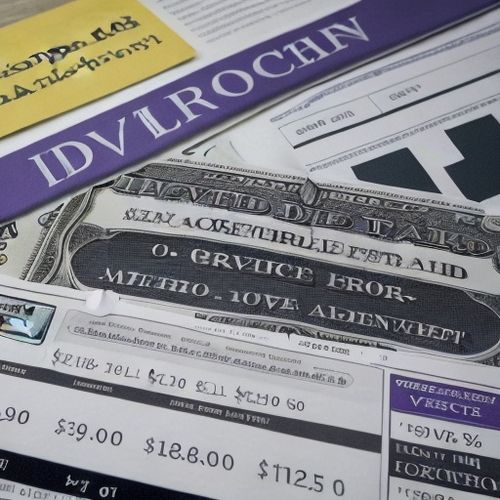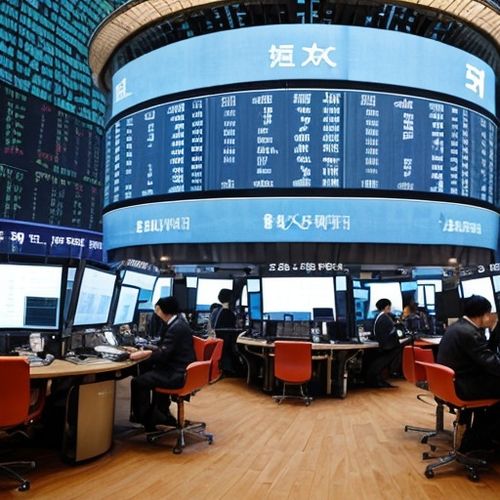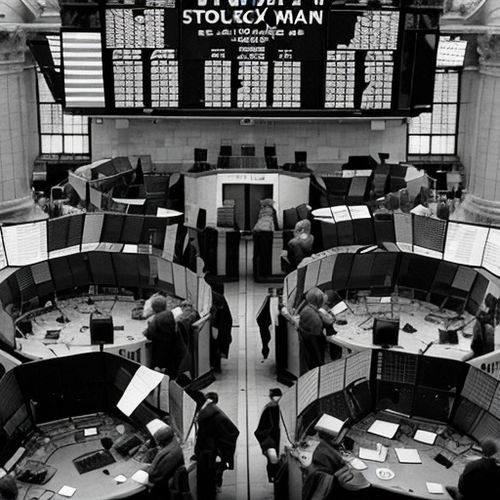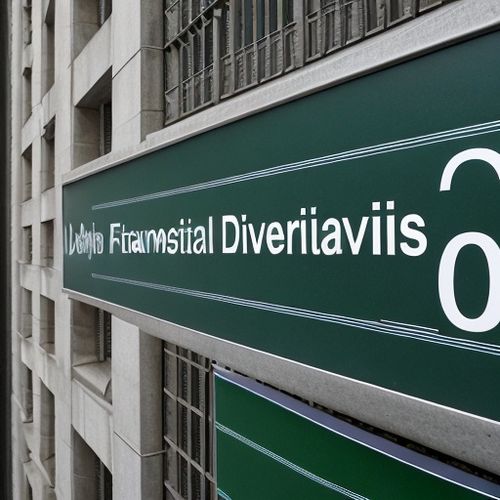In the intricate dance of modern monetary policy, central banks wield a range of tools to maintain economic stability. Among these, the interest rate corridor has emerged as a critical framework for managing short-term liquidity and steering market expectations. By establishing upper and lower bounds for interbank lending rates, this mechanism acts as a stabilizing force, preventing excessive volatility in funding costs while ensuring that financial institutions retain access to liquidity. From the European Central Bank’s (ECB) nuanced application to the Federal Reserve’s adaptive strategies during crises, the corridor system has proven indispensable in navigating economic shocks. This article examines how interest rate corridors function as a liquidity anchor, their role in crisis management, and the challenges central banks face in optimizing their design for diverse economic conditions.
The Architecture of Interest Rate Corridors
At its core, an interest rate corridor consists of two key rates set by a central bank: a ceiling (typically the lending rate) and a floor (often the deposit rate). These boundaries create a “corridor” within which market interest rates fluctuate, guided by the supply and demand for central bank reserves. When overnight rates approach the upper limit, banks are incentivized to borrow from each other rather than pay higher penalty rates to the central bank. Conversely, rates nearing the lower bound encourage institutions to park excess funds in central bank deposit facilities rather than flood the market with cheap liquidity. The ECB’s pre-2022 framework exemplified this balance, with its marginal lending facility at 0.25% and deposit facility at -0.5% creating a 75-basis-point range. This structure not only stabilizes short-term rates but also signals policymakers’ stance, shaping broader financial conditions without requiring constant market interventions.
Dampening Volatility During Normal Operations
In tranquil market conditions, the corridor’s psychological impact often proves as valuable as its mechanical function. Knowing that rates cannot breach established boundaries, participants conduct transactions with greater confidence, reducing the likelihood of liquidity hoarding or speculative rate spikes. The Bank of Canada’s corridor system, maintained within a 50-basis-point band for over two decades, has contributed to Canada’s reputation for stable money markets. By providing certainty about the cost of liquidity, the mechanism allows commercial banks to price loans and manage risk more effectively. This predictability extends beyond banking institutions: corporations plan investments with clearer visibility into financing costs, while government bond yields align more closely with policy rate expectations. The resulting stability becomes particularly crucial in economies with shallow financial markets, where sudden liquidity shifts could disproportionately affect small businesses and consumers.
Crisis Management: Corridors as Shock Absorbers
When financial turbulence strikes, interest rate corridors transform into dynamic tools for crisis containment. During the 2008 global financial crisis, the Federal Reserve effectively widened its corridor by lowering the discount rate (ceiling) and introducing interest on excess reserves (IOER) as a floor. This dual adjustment injected liquidity while preventing rates from collapsing to zero prematurely. More recently, during the COVID-19 pandemic, the Reserve Bank of Australia narrowed its corridor from 50 to 25 basis points, using tighter bands to amplify policy signals amid unprecedented uncertainty. These adaptive measures demonstrate how corridors can be recalibrated to either absorb market stress or amplify monetary policy transmission. In emerging markets like India, where foreign capital flows can cause abrupt liquidity changes, the corridor has served as a buffer against external shocks, preventing destabilizing rate fluctuations that might trigger currency crises or capital flight.
The Interaction with Quantitative Easing and Negative Rates
As unconventional monetary policies became mainstream post-2008, interest rate corridors evolved to accommodate negative rates and large-scale asset purchases. The ECB’s experience since 2014 highlights both opportunities and complexities. By setting its deposit rate below zero while keeping the marginal lending rate positive, the bank compressed the corridor to -0.5% to 0.25%, pushing commercial banks to lend rather than hold excess reserves. However, prolonged negative rates tested the corridor’s effectiveness, as banks hesitated to pass negative rates to retail depositors, creating distortions in monetary transmission. Similarly, when coupled with quantitative easing (QE), corridors must balance the liquidity glut from bond purchases against the need to maintain rate control. The Bank of Japan’s “yield curve control” framework—essentially a corridor targeting 10-year government bond yields—illustrates how traditional corridor concepts can expand to manage long-term rates in a QE-dominated environment.
Challenges in Divergent Economic Environments
Implementing an effective interest rate corridor requires careful calibration to local market structures. In developing economies with less sophisticated banking systems, wide corridors may be necessary to account for operational inefficiencies. For instance, the Central Bank of Nigeria maintains a 600-basis-point corridor (13% lending rate, 7% deposit rate) to accommodate varying liquidity conditions across its geographically dispersed banking network. Conversely, advanced economies with deep financial markets often opt for narrower bands to enhance policy precision. Technological disruptions pose another challenge: the rise of cryptocurrencies and decentralized finance (DeFi) platforms could potentially bypass traditional corridor mechanisms, as seen in 2023 when stablecoin lending rates briefly decoupled from central bank benchmarks in several Asian markets. Climate-related financial risks add another layer of complexity, requiring corridors to account for green investment incentives without compromising liquidity management objectives.
The interest rate corridor remains a cornerstone of modern central banking, its simplicity belying profound impacts on financial stability. By establishing clear boundaries for short-term rates, it reduces uncertainty in interbank markets, enhances monetary policy transmission, and provides flexibility during crises. Yet its effectiveness hinges on continuous adaptation—whether to negative rate environments, digital currency innovations, or climate-driven economic shifts. As central banks navigate an era of simultaneous inflationary pressures and growth concerns, refining corridor mechanisms will be crucial. Future iterations may incorporate AI-driven liquidity forecasting or integrate with central bank digital currency (CBDC) systems, ensuring this venerable tool remains fit for purpose in an increasingly complex financial ecosystem. Ultimately, the success of interest rate corridors lies not just in technical design, but in their ability to maintain public confidence—a reminder that even the most sophisticated monetary frameworks rest on the bedrock of trust.

By Noah Bell/Mar 30, 2025

By Christopher Harris/Mar 30, 2025

By Benjamin Evans/Mar 30, 2025

By Victoria Gonzalez/Mar 30, 2025

By Daniel Scott/Mar 30, 2025

By Ryan Martin/Mar 30, 2025

By Sarah Davis/Mar 30, 2025

By Samuel Cooper/Mar 30, 2025

By Jessica Lee/Mar 30, 2025

By Jessica Lee/Mar 30, 2025

By Christopher Harris/Mar 30, 2025

By John Smith/Mar 30, 2025

By Ryan Martin/Mar 30, 2025

By Amanda Phillips/Mar 30, 2025

By Eric Ward/Mar 30, 2025

By Emily Johnson/Mar 30, 2025

By Amanda Phillips/Mar 30, 2025